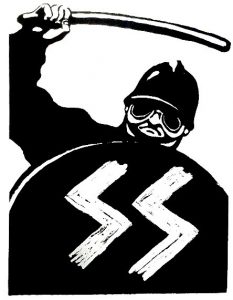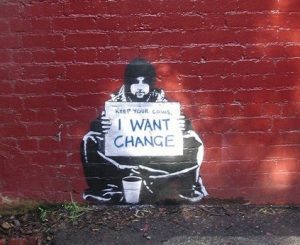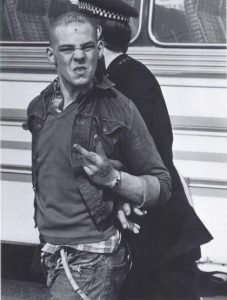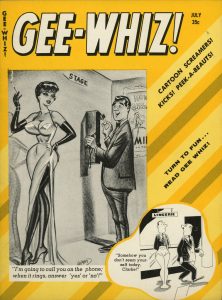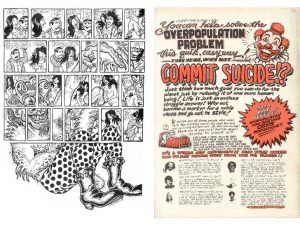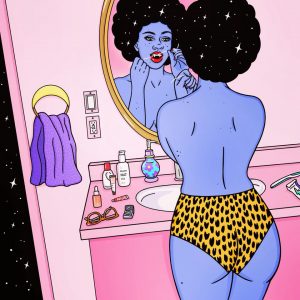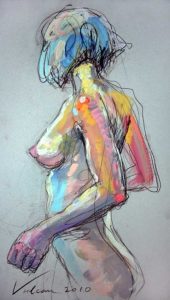Through this course I have been able develop my knowledge of how to research different subjects, being given starting points meant I then had to learn how to use resources to get a deeper understanding of the topics. I learnt how to use the library by being able to look up books that are relevant to my work using the library sites online. I also had to learn how best to use the internet to get the most reliable information, the going right to the source (the artist page) although not always the easiest came with the best information. I have also learnt how to reference artists work and other information in the Harvard style.
I enjoyed learning about all of the different artistic movements, and how world events has moved artists to create new art that all has the feelings of the time. Learning the meaning behind the art made the art mean so much more than it did at face value. How so many different artists felt the same thing at the same time and felt the need to make art all with the same themes. Some of the art was directly made for these movements like the posters made by the students for the 1968 Paris protests. Then other art which was influenced by current events, DADA movement, people started making art which was so different to what was made before it was collages sound poetry sculptures photography, it was created as a reaction to the end of World War One, the art was without sense or logic it just expressed the artists deep sadness with war and violence.
I felt a lot of connection to art which has been created based on events which were happening at the time as that is what I have done in my previous work, I always prefer my work to have a political meaning to it no matter how serious. The art I felt most of a connection though was photographers like Nick Knight when he documented what it was like to be a skin head, him showing the skin heads as more than their violent reputation allows them to be was important to help get the public to be more comfortable around them. I feel connection to this piece of work specifically because I would like to be able to go into a group of people who are seen as outcasts and humanise them again though photography.
Overall I found this course beneficial to me and my writing skills, practicing how reseach different artists I wouldn’t normal of had looked into has been helpful so I feel more ready for when I have to write about artists I am using to influence my work in the future.
Skinhead (1982), Knight. N



